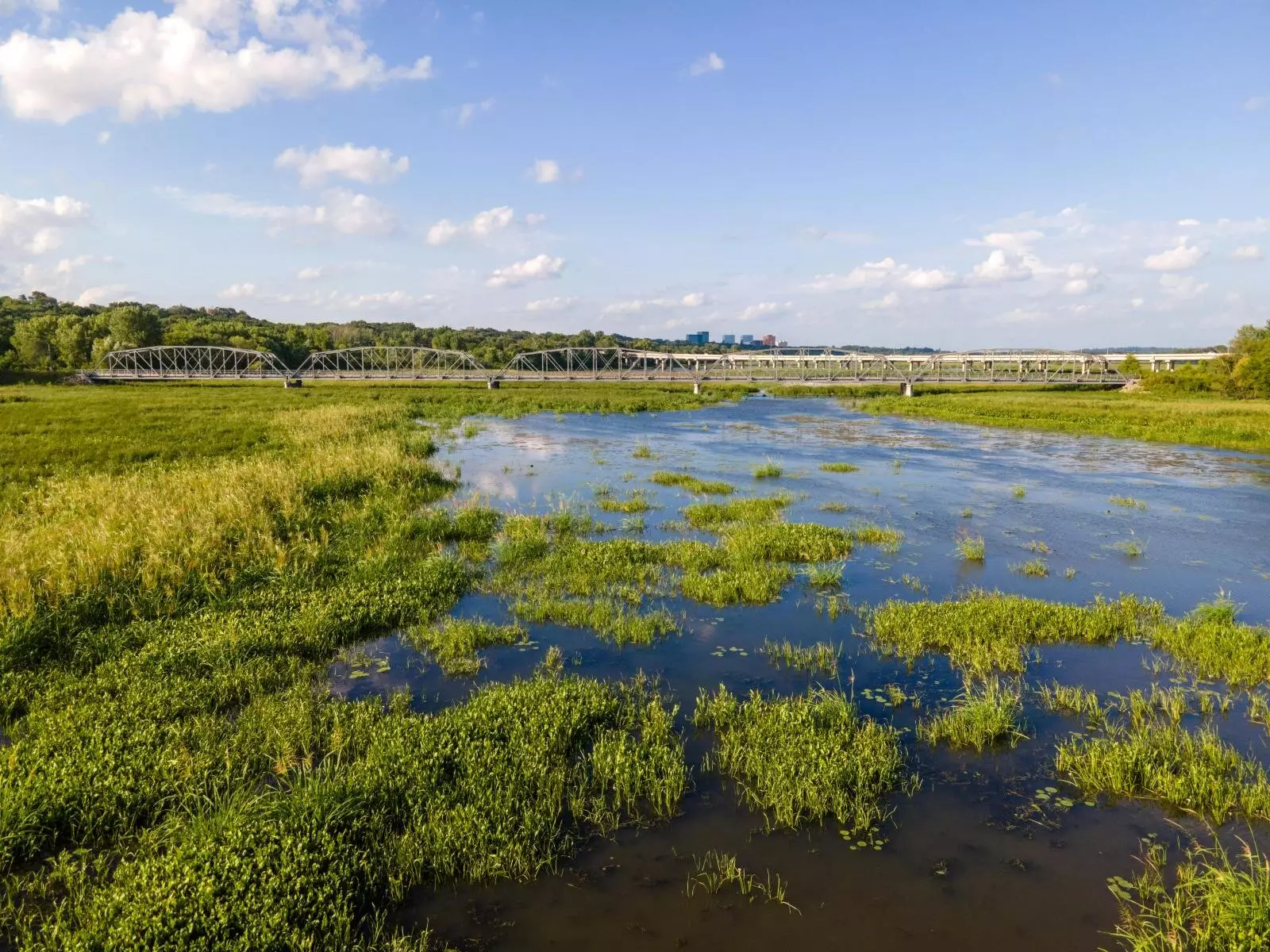Earth System Models (ESMs) play a pivotal role in deciphering the complexities of climate change, particularly in relation to wetland ecosystems. These intricate models are designed to simulate various environmental processes; however, many existing ESMs have a tendency to oversimplify wetland hydrology. This inadequate representation leads to a marked lack of confidence in predictions concerning how wetlands will evolve over time. The inadequacies of these models leave researchers grappling for precise answers amidst a backdrop of an ever-changing climate.
Recent advancements, particularly a breakthrough study orchestrated by a collaboration between notable institutions like the Pacific Northwest National Laboratory and the University of Michigan, signal a shift in this paradigm. By refining the simulation of inundated wetlands, researchers are attempting to incorporate physical mechanisms that account for the intricacies of wetland dynamics, presenting a more holistic understanding of how these vital ecosystems will respond to climate variations.
Innovative Modeling Techniques and Findings
The new approach utilized by the researchers incorporates state-of-the-art ESM technologies, which not only enhance the accuracy of wetland simulations but are also validated using satellite observations. This level of sophistication marks a significant advancement, extending beyond simple projections. With this refined model, an alarming reality emerges: wetlands across North America are poised for dramatic alteration due to climate change. The projected outcomes reveal that under varying scenarios, particularly those with high emissions, the wetland area is expected to diminish by approximately 10%, with spatiotemporal variations that might fluctuate as much as 50%.
These projections compellingly illustrate the urgency of addressing climate change. As precipitation patterns shift and temperatures rise, the dynamics of these ecosystems shift dramatically, impacting the delicate balance that sustains them. Notably, as temperatures rise within the high-emission scenarios, the main driver of wetland changes pivots from precipitation to temperature. During summer months, when biological processes peak, these ecosystems face significant drought conditions, signaling a critical disturbance that could disrupt the habitat for myriad species.
The Broader Implications for Biodiversity and Ecosystem Services
The implications of these findings extend far beyond mere statistics; the changes in wetland dynamics herald substantial threats to biodiversity, especially in renowned wetland habitats such as the Everglades and regions within the upper Mississippi and Southeastern Canada. Wetlands provide invaluable services—from water filtration to carbon sequestration—yet, these benefits may dwindle with wetland contraction. The anticipated decrease in wetland area, particularly in colder regions, underscores the urgency of comprehensive climate action, as warmer conditions lead to heightened infiltration and diminishment of soil ice.
Ultimately, the stark findings from this state-of-the-art research initiative underline a critical narrative: the dependence of wetland viability is inherently tied to the broader context of climate change mitigation. As we confront these escalating threats, renewed focus on emissions reduction becomes essential, not just for advocacy, but for the very survival of ecosystems that sustain life on Earth. The potential for change is moot without a corresponding commitment to preserve these irreplaceable habitats.

